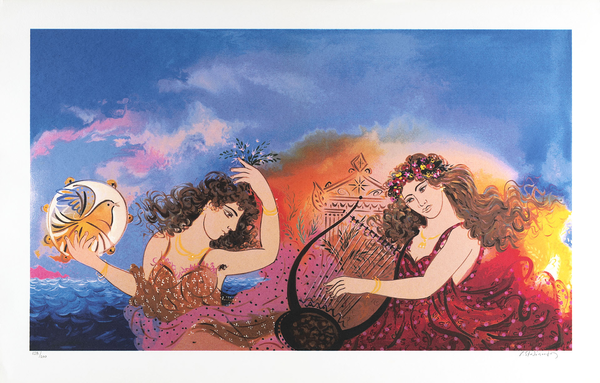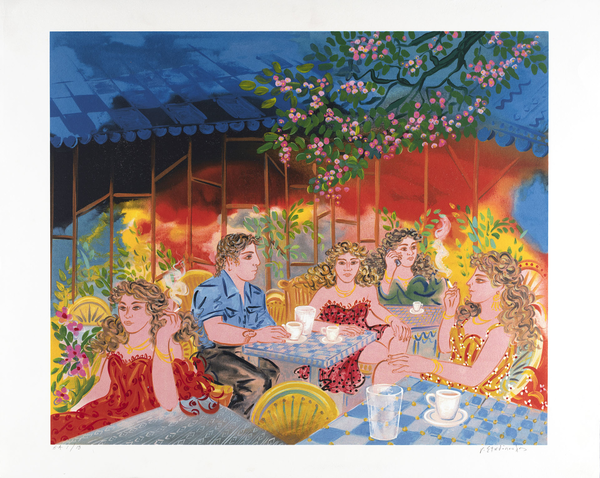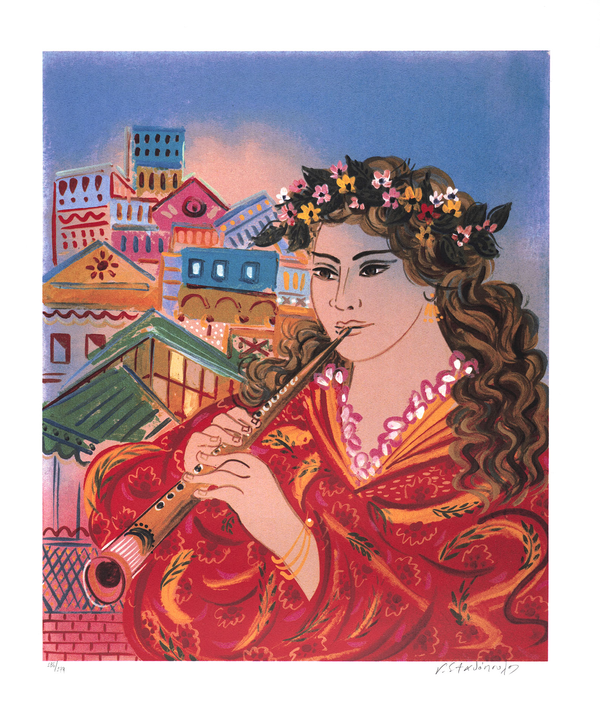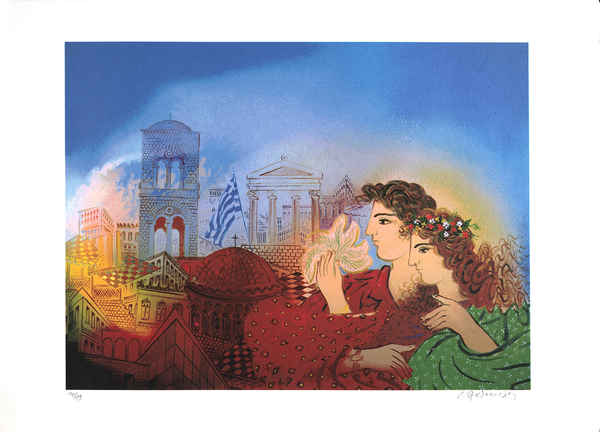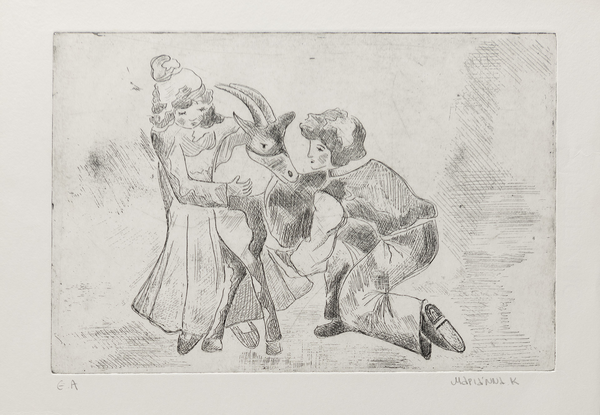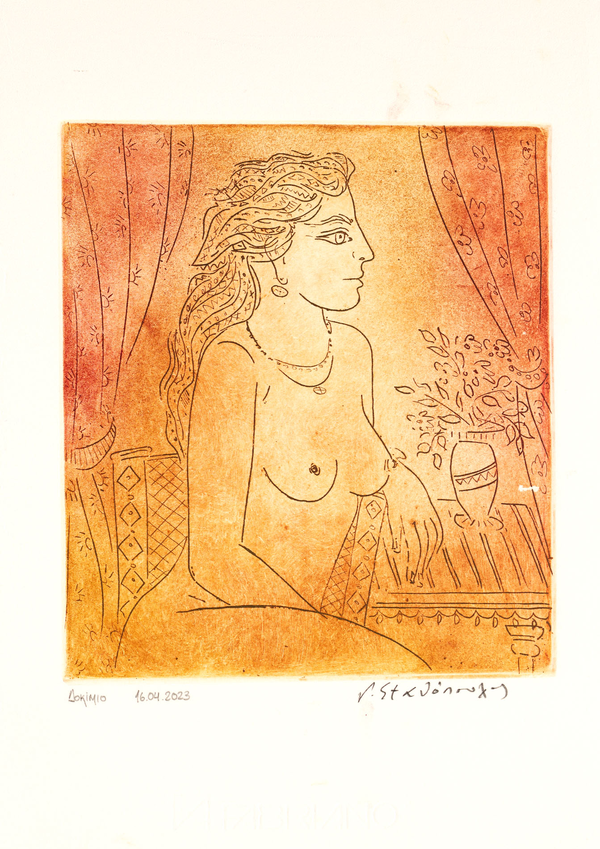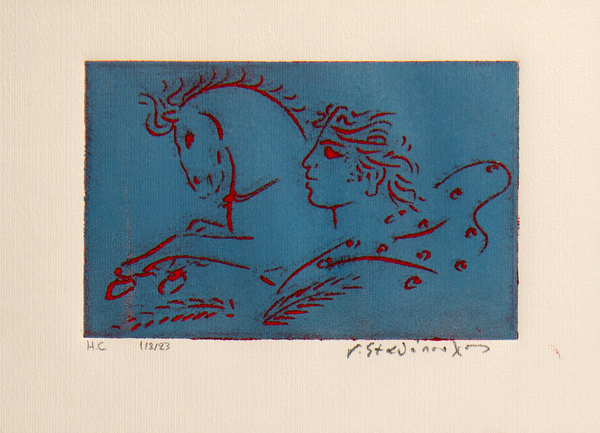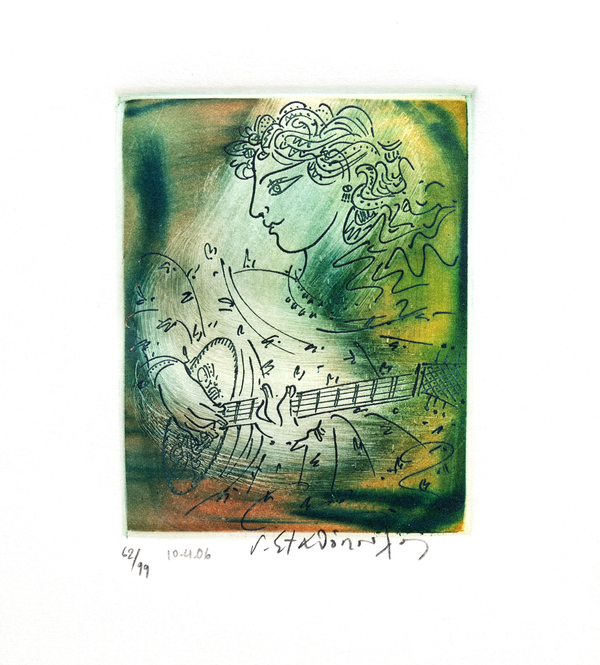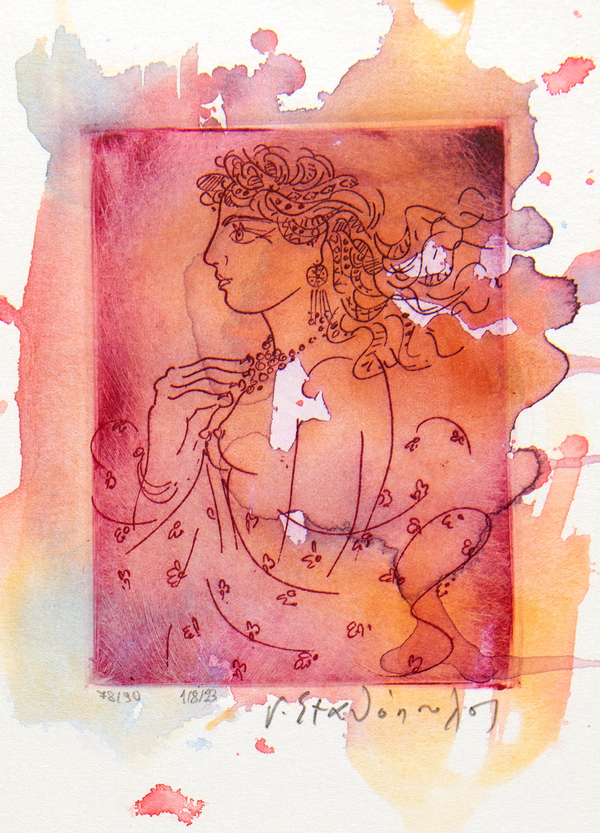Engraving

Showing 0 of 0 products
Engraving
Printmaking: Art and Technique
Printmaking refers to the techniques and methods used to transfer an artist's work onto a plate made of wood, copper, stone, or another material, and then print it, usually onto paper. Printmaking is distinguished by its ability to reproduce an artwork in multiple copies.
The number of prints is determined by the printmaker, who notes it on the print's surface along with the print's sequence number. These two numbers form a fraction, where the numerator is the sequence number and the denominator is the total number of prints. For example, 3/20 means that the holder has the third print out of twenty made.
The printmaker often produces a few trial prints to check the work. These trial prints, separate from the regular printing sequence, are numbered with Roman numerals and marked with the initials E.A. (Épreuve d’ Artiste, or Artist's Proof).
Initially, printmaking's primary purpose was to illustrate texts. The earliest prints in Europe were woodcuts, carved like the letters themselves for printing. They were not circulated independently from the first books—this practice of independent circulation and numbering came later. Illustrated books helped the broader public access texts that were otherwise inaccessible due to their manuscript nature, rarity, and high cost, which were adorned with handmade colored decorative elements. Carving images on a wooden plate ensured their identical reproduction in multiple copies.
Printmaking was also used for propaganda in Catholicism and Orthodoxy, as well as for political party propaganda across Europe from the Middle Ages onward. The unique aspect of printmaking compared to other art forms (such as painting or sculpture) is its accessibility, allowing people of more modest means to own artworks. Print editions can educate, entertain, or provoke thought, functioning educationally beyond their aesthetic value.
There are three primary types of printmaking:
- Printmaking for Illustration: Used to illustrate texts.
- Printmaking Reproducing Known Works: Replicates works from other categories, such as painting or sculpture.
- Free Printmaking: Original creations by the artist.
Some useful points to note:
- Print: Refers to the printed paper, not the plate of wood, copper, stone, etc., that bears the carved image.
- Reversed Image: The plate presents a reversed image compared to the print.
- Inks and Papers: Each printmaking technique or method uses its own specific inks and papers.
- Plate Use: After printing the last copy of a print, the plate is either destroyed to prevent unauthorized reproductions or kept for future prints by the original creator.
In Greece, printmaking emerged in the 20th century, with significant developments occurring in the 1930s and 1950s. In 1927, the scholar Nikos Velmos (1890-1930) published a volume featuring woodcuts by Angelos Theodoropoulos (1883-1965), marking the first improvised monograph for a Greek printmaker. In 1928, painter and printmaker Dimitris Galanis (1879-1966), residing in Paris, held the first printmaking exhibition in Athens at the Iliou Melathron, showcasing woodcuts and copper engravings. Color prints began appearing in Greece in the 20th century. The 1930s saw the appointment of Yiannis Kefallinos (1894-1957) to the printmaking chair at the Athens School of Fine Arts, significantly advancing Greek printmaking. Kefallinos’s students, including prominent Greek printmakers such as Giorgos Moschos (1906-1990), Giorgos Velissaridis (1909-1994), A. Tassis (1914-1985), Vasso Katraki (1914-1988), and others, contributed to this development. The 1950s saw a shift towards modern trends with Kostas Grammatos (1916-2003) taking over the printmaking chair. Giorgos Oikonomidis (1891-1958) was the first to present color woodcuts in Greece during the 1930s, while Dimitris Giannoujakis (1898-1991) and Nikolaos Ventouras (1899-1990) introduced color copper engravings in the 1950s. Color lithographs had appeared since the late 19th century. Renowned for his color etchings was Ioannis Maggouzos (1893-1967), who from 1952 created color etchings using colored films.
